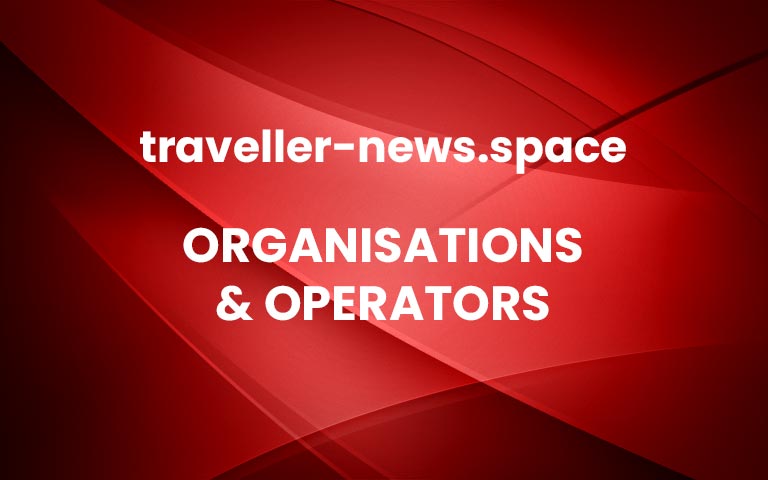World Sustainable Travel & Hospitality Awards (‘WSTHA’) Advisory Board unveils categories
The World Sustainable Travel & Hospitality Awards (WSTHA) has unveiled 21 categories for its inaugural global programme, which aims to recognise and share the stories of individuals and organisations making an impactful contribution in sustainable travel and tourism.The categories have been selected by an Advisory Board made up of 11 leaders in sustainable travel and tourism to reflect the UN’s Sustainable Development Goals (SDGs) and net positive framework of People, Planet, Place, Prosperity and Partnerships.
The categories range from conservation, energy efficiency and community engagement to education and leaders of tomorrow. Three categories will be open to Belize-based individuals and organisations. For a full list of the categories visit here. Global entries to the Awards will be invited from 18 March.
The announcement was made at ITB Berlin by Evan Tillett, Director of Tourism, Belize Tourism Board, the Official Host Destination of the inaugural WSTHA Gala Ceremony, which will be held on 27 September 2024.
Justin Cooke, Executive Vice-President, WSTHA says: “It is often said that we do not inherit the earth from our ancestors, we borrow it from our children. With the help of our incredible Advisory Board we hope that these categories reflect the breadth and depth of the sustainable travel and hospitality sector, enabling us to recognise and tell the stories of those accelerating change and making a sustainable impact on our planet for the next generation.”
As Official Host Destination of WSTHA 2024, Belize holds responsible tourism at its core and develops projects that encourage travellers to engage with its rainforests, reefs and unique culture in a sustainable manner. This includes developing sustainable initiatives such as creating community-based tourism clusters that preserve Indigenous Communities. Belize is also internationally recognised for the preservation of its UNESCO World Heritage Site, The Belize Barrier Reef, the second largest reef globally, home to hundreds of species of coral and fish. ADVERTISEMENTAnthony Mahler, Minister of Tourism, Belize, adds: “The Advisory Board, WSTHA and Belize have been working together to ensure the categories recognise, celebrate and showcase the stories of organisations and individuals that are making significant steps in sustainable travel and tourism. The 21 categories are extensive and also includes three categories that are open to submissions from Belize, including cultural heritage, marine conservation and community engagement – three areas that Belize holds at the core of our tourism model and is leading the way in.”
The WSTHA programme is run in partnership with the Sustainable Hospitality Alliance with CEO, Glenn Mandziuk, also serving as Vice-Chair on the WSTHA Advisory Board.
Glenn Mandziuk, CEO, the Sustainable Hospitality Alliance, comments; “In an era where sustainability is not just a choice but a necessity, it is crucial to highlight and celebrate the remarkable initiatives and accomplishments within our sector. The awards categories announced today reflect on the cornerstone elements of our Net Positive framework, honouring those who are making a substantial impact and driving change in sustainable travel and tourism. As WSTHA Vice-Chair of the Advisory Board, I am privileged to collaborate with industry leaders, and eagerly anticipate sharing the achievements that tell the important narratives of sustainable progress.”
In another world first for the Awards, entries will be analysed and vetted by students of sustainable business from the Nova School of Business and Economics in Lisbon.
Graham Miller, Professor of Sustainable Business, Nova School of Business and Economics, says: “I am delighted that students from Nova School of Business and Economics are able to support these awards. Having future leaders involved in reviewing applications from current leaders is an excellent example of collaboration across generations and widening the diversity of how decisions are made.”
The WSTHA Advisory Board comprises leading authorities, academics and dignitaries in driving net positive hospitality. Members include Chris Imbsen, World Travel & Tourism Council; Susan Hooper, Chapter Zero; Juha Jarvinen, Virgin Atlantic; Patricio Azcárate Díaz de Losada, Responsible Tourism Institute; Fran Brasseux, International Council on Hotel, Restaurant & Institutional Education; Hon. Anthony Mahler, Belize; Prof. Dr. Willy Legrand, IU International University of Applied Sciences Germany; Isabel Novoa, International Social Tourism Organization; Prof. Graham Miller, Nova School of Business & Economics, Lisbon; Xenia zu Hohenlohe, The Sustainable Markets Initiative.
Older
ITB day One – A great start to the event and BTN was there to capture the best images.
Newer
UKRAINE SHOWCASE “WE ARE HERE” CAMPAIGN WITH POIGNANT VIDEO AT ITB BERLIN More


